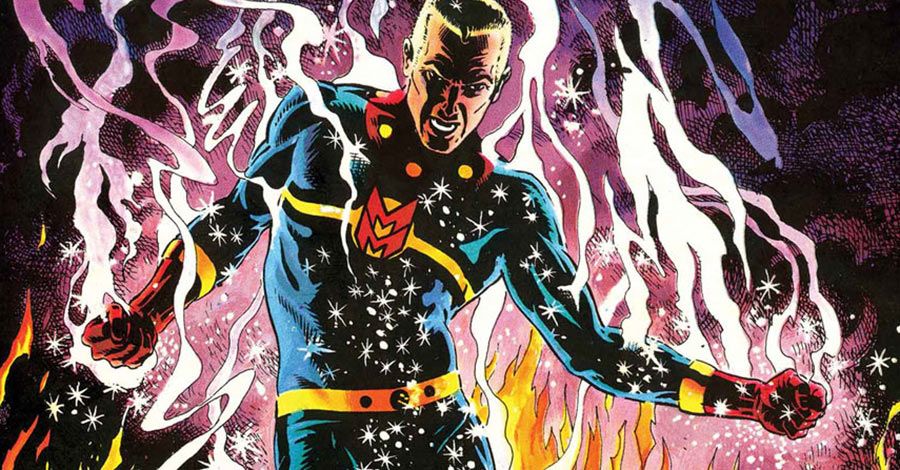With new Miracleman stories on the way from Marvel Comics soon, a panel at Baltimore Comic-Con celebrated the history of the character. Tom Brevoort (senior vice president of publishing, Marvel) led a panel of creators who worked on Miracleman comic books over the years including Alan Davis (writer/artist), Mark Buckingham (artist), John Totleben (artist) and Rick Veitch (artist) as well as Cory Sedlmeier (editor, Marvel).
RELATED: Marvel Announces New "Miracleman" From Morrison, Quesada, Milligan & Allred
Brevoort started the panel with a look back at how it all began. He recapped the character's history and explained that L. Miller & Son, Ltd were reprinting the black and white weeklies of "Captain Marvel" from the United States, but the U.S. publisher, Fawcett Comics, discontinued the title due to legal entanglements. They decided to make their own version of Captain Marvel who became known as Marvelman.
Davis reviewed his history with the character and talked about his time drawing pages while he was driving forklifts for a warehouse. He said many of them were produced in "unsavory places." His art made an impression on Buckingham though because he said, "As a teenager in the UK at that time, Alan was absolutely my artistic hero."
"Marvelman" became "Miracleman" in the 1980s, and eventually Veitch and Totleben worked as artists on the series. Veitch said he and Totleben studied at The Kubert School together and they used to look at the American superhero and say, "If only could someone could just write superheroes as well as they write science fiction." They found that when they read Alan Moore's Marvelman stories in "Warrior." Veitch said those issues (specifically #1 and #2), "really did take America by storm."
Neil Gaiman and Buckingham picked up the "Miracleman" stories in the '90s, and Buckingham said he didn't have a distinctive art style then and they decided to make that part of the story. "Neil said, 'Let's just play on that,'" Buckingham recalled. "'Why don't we do each story from a different person's point of view and actually use a different art style and structure?'" Buckingham said that approach helped them find their voice on the back.
Brevoort opened it up for audience questions, and attendees were curious about the future of Miracleman. The first person with a raised hand asked if there was any unpublished work of Buckingham and Gaiman's that might be released, and Buckingham said there were things they had to put away in drawers, but the happy answer is all of that stuff is now being dug out those drawers, and it could be used when he and Gaiman return to the series next year.
As for how many issues of the new run to expect, Buckingham said the intention was that each book would be six issues; there will be four issues that have never been seen in any format at all before.

